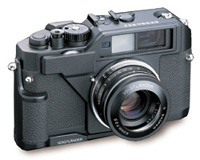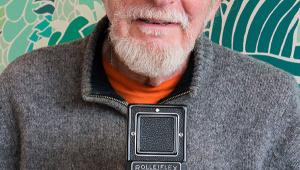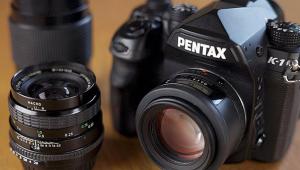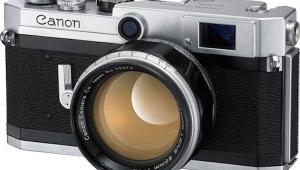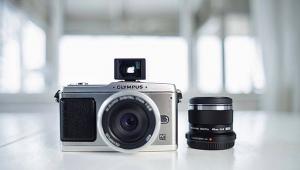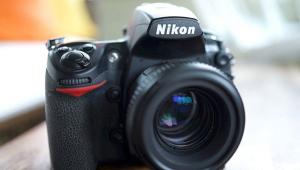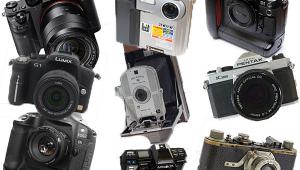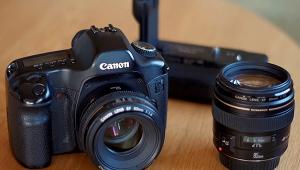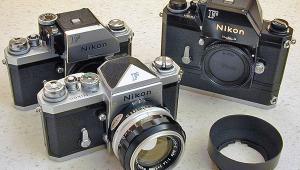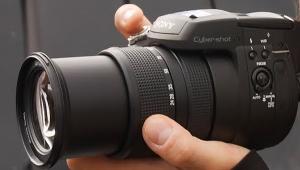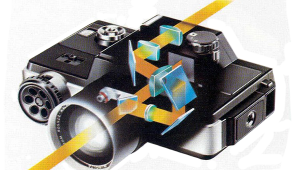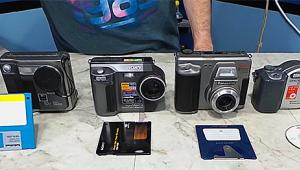Voigtlander Bessa R2S R2C
Two New R2 Variations
The Bessa-R2C and R2S are both variants on the superb R2. Instead of the Leica bayonet mount of the R2, however, the new cameras have the original 1932-1961 Contax mount (R2C) and the original 1948-1963 Nikon rangefinder mount (R2S). It is worth emphasizing that there is absolutely no cross-compatibility between the old manual Contax mount and the new autofocus Contax G mount. Nor is the Nikon S rangefinder mount the same as the Nikon F reflex camera mount, though adapters are available (from Voigtländer) to allow F-mount lenses to be used on S-mount cameras, albeit without rangefinder coupling. Similar, But Different |
|||
Switch to Nikons--the I, M, S, S2, SP, S3, S4, and S3M--and the cameras are still perfectly usable and generally highly reparable, though very expensive indeed: a really good black SP will cost you several times as much as a new Leica M7, and even a "cooking" S2 or S3 is likely to cost more than an M-series Leica of similar vintage in similar condition. |
|||
Lens Mount Musings "Real" Camera Feel Viewfinder Options Camera Handling Take Your Pick |
